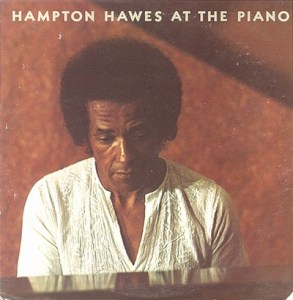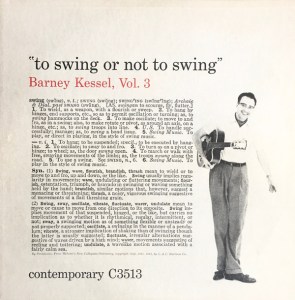
Hot Stamper Pressings of Contemporary Jazz Albums Available Now
More Piano Recordings that Are Good for Testing
I have a very long history with Bells Are Ringing, dating back to the ’90s. My friend Robert Pincus first turned me on to the CD, which, happily for all concerned, was mastered beautifully and comes highly recommended if you want to work on your digital playback or other non-analog aspects of your system such as your room, electricity, speaker placement and such like. (More recommended CDs here.)
Back in the day we often used it to test and tweak some of the stereos in my friends’ systems.
Playing the original stereo pressing, all I could hear on my 90s all tube system was
- blurred mids,
- lack of transient attack,
- sloppy bass,
- lack of space and transparency,
- as well as other shortcomings too numerous to mention.
All of which I simply attributed at the time to the limitations of the vintage jazz pressing I owned.
A classic case of me rather foolishly blaming the recording.
I know better now. The record was fine. I just couldn’t reproduce it.
Well, things have certainly changed. I have virtually none of the equipment I had back then, and I hear none of the problems with this copy that I heard back then. This is clearly a different LP, I sold the old one off years ago, but I have to think that much of the change in the sound was a change in cleaning, equipment, setup, tweaks and room treatments, all the stuff we prattle on about endlessly on this blog.
My Old System
By the mid-90s I had been seriously into audio for more than twenty years.
I had the Legacy Whisper Speaker System with eight 15″ woofers and added subs.
I had a Triplanar tonearm and a VPI Aries turntable sitting on Aurios, using a Synchronous Drive System for the outboard motor.
I had custom tube amps and a custom tube preamp and phono stage. They were the best of their kind that I’d heard, at any price.
In short, I had a lot of expensive, high-quality equipment that sounded great to me.
Now, looking back on those days, I can see I was not at the level I needed to be in order to play Bells Are Ringing with any real fidelity to the recording. My stereo was simply not resolving enough.
This system can play the record and make it sound like live music. I thought my old one could too, because I didn’t have a clue as to just how good audio in the home could get.
Clearly I had a lot to learn.
This is, once again, what progress in audio in all about. As your stereo improves, your good records should sound better, and your mediocre-to-bad records should show you how mediocre to bad they really are. You need high quality sound before you can tell which are which.
The title of this letter gets right to the heart of it: “My stereo upgrades have widened the sonic chasm between good, old-fashioned records and their nouveau imposters.”
Still at It
We constantly strive to improve the quality of our cleaning and playback.
And we’re still at it. With this much money on the line, we had better be able to deliver the goods every time out.
Our customers seem to like the records they’ve been getting. They’ve written us hundreds of letters telling us so.
And we especially like the letters they write to us once they’ve compared our Hot Stamper pressings to the copies they owned that were Half-Speed mastered or pressed on Heavy Vinyl, or both.
(more…)



 More of the Music of Hampton Hawes
More of the Music of Hampton Hawes



